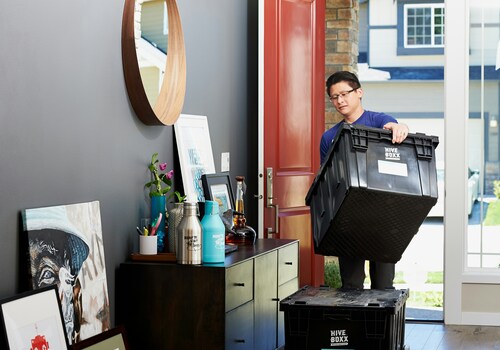Have you ever wondered what makes an efficient water management solution for your garden or commercial landscape? How do you choose the right components to ensure your plants are watered correctly without wasting resources? These are important considerations when investing in a reliable irrigation method that can cater to various needs, whether maintaining a small backyard or a large agricultural property.
Balancing water conservation with effective plant hydration is essential nowadays. This is where an advanced irrigation system—comprising sprinklers, sensors, and solenoids—comes into play. These components work together to deliver water efficiently, helping to save both time and resources. But how do you know which setup is best suited for your space? Let’s explore the key factors.
Sprinklers: Selecting the Right Type for Your Space
Choosing the right water delivery method is one of the most important steps in planning a watering solution. Various options are available, and each has its own advantages. Rotary heads, for instance, are ideal for large, open spaces because they rotate to distribute water evenly over a wide area. This makes them a great choice for lawns and broad landscapes.
In contrast, drip systems are better suited for garden beds, where water is needed at the base of plants. Drip solutions offer targeted watering, reducing the risk of overwatering and evaporation. This type is particularly efficient for plants that have delicate roots, as it gently delivers water directly to the soil.
Sensors: Smart Watering for Maximum Efficiency
Modern watering solutions often come equipped with smart sensors, which can significantly enhance efficiency. These devices monitor moisture levels in the soil and determine whether additional water is required, helping to prevent overwatering. They also respond to weather conditions, adjusting the watering schedule during rainy or dry spells.
The beauty of these sensors is their ability to automate your system, ensuring that plants receive the optimal amount of water without requiring constant manual input. Whether you’re away from home or simply trying to cut down on water usage, moisture detectors make garden care much simpler and more environmentally friendly.
The Role of Solenoids in Controlling Water Flow
Solenoids may not be as commonly discussed as sprinklers or sensors, but they play a crucial role in water regulation. These devices control water flow by opening and closing valves, allowing you to create zones within your watering setup. This is especially helpful for properties that have different areas with varying water requirements.
For instance, the lawn may need more frequent watering than a flower bed, or the plants in a shaded area might require less moisture than those in direct sunlight. Using solenoids, you can set up distinct zones that ensure each garden section gets the precise amount of water it needs.
Benefits of Combining Sprinklers, Sensors, and Solenoids
Integrating various components into your watering solution offers numerous advantages. Combining sprinklers for water distribution, sensors for efficiency, and solenoids for control creates a highly adaptable and responsive system. By using these together, you not only save water but also ensure that plants receive consistent and appropriate hydration.
Automated systems are convenient and reduce the likelihood of human error, which can often lead to overwatering or under-watering. Plus, with the ability to create zones through solenoid-controlled valves, you can customise your solution based on the needs of each part of your garden or property. The result is healthier plants and a more sustainable use of resources.
Integrating sprinklers, sensors, and solenoids can offer significant advantages when designing an irrigation system. These components work together to create an efficient and tailored water management solution, helping to keep your landscape vibrant while conserving resources. Investing in the right setup ensures that plants receive the hydration they need for a small garden or a larger agricultural property.




